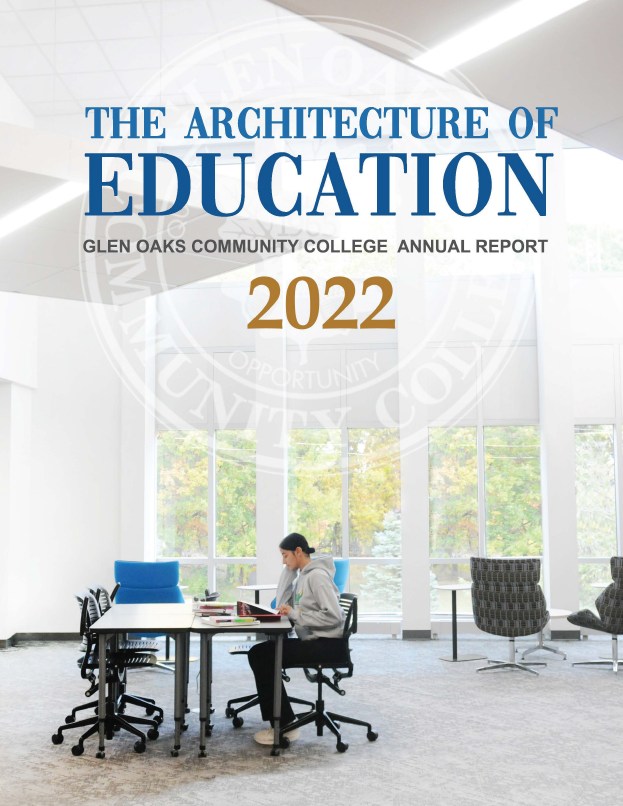By David H. Devier, President, Glen Oaks Community College
As many will know, the Glen Oaks Board of Trustees approved a capital millage for the March 10, 2020, ballot. This request is for .5 mill for five-years. One might ask why this millage is needed at this time when it appears that many capital projects have been undertaken recently. The long and the short of it is that the sheer number of needs with the 50-plus year old campus are very significant. I will attempt to provide the overview of all these needs as well as relay the what and why of the recent projects.
Over the past three and one-half years, three significant capital improvement projects were completed, two of the three were funded through loans, while the third was funded through college reserves.
- The first was the 106-bed housing project financed by a $6.5 million USDA loan. The USDA has a special program to help rural community colleges build housing. Housing was needed for several reasons including the limited rentals in the area, the need for housing to support niche programs with wide area interest, i.e. Ag Equipment Technology, and safety and security of students.
- The second was the $1.5-million-dollar upgrade to the campus sewer and water systems. The sanitary lagoons were lined and a new water source and treatment system was added just off Shimmel Road. Glen Oaks is the only community college in Michigan with such a system. These improvements were required by the state and financed with college reserves.
- The most recent project was the complete renovation of the grand concourse. This much needed improvement was partially paid for with a second USDA loan ($2.2 million), and college reserves. For those of you who have seen the results, you know how amazing this once cold, uninviting space now looks. This was the most pressing of the original facility needs. It has changed the total spirit of the space and campus feel.
Currently a $7.3-million renovation project is on the drawing board. The hope is that partial funding will come from the state via a capital outlay grant and the remainder from college reserves. This project encompasses only work in the E and F Wings and includes new welding and electrical labs and an update to the auto lab. The Learning Commons (Library and Tutoring and Testing Center) will be completely renovated, classrooms in this area will be remodeled, new windows and doors will be installed, a security system will be added, mechanical systems will be updated, and a new exterior wall system will be applied to the E and F wings and the steel tech building to replace the existing bowed concrete walls. The hope is to begin this work this year. The college’s portion will be $2,325,000 which needs to come from college reserves and potentially some from this proposed capital millage.
It would be nice if these efforts would address all of the campus needs but this is not the case. Conservatively, another $5-10 million is needed to complete the total campus upgrade.
Deferred maintenance projects over the years due to lack of funds are now more of a necessity. For example the main parking lot requires a complete rebuild. The athletic locker rooms are in extremely poor shape and visiting basketball and volleyball teams have to dress in open classrooms. The Nora Hagen Theatre is in need of many upgrades, as are classrooms in C and D wings, the graphic design lab and all doors and windows. A new exterior wall system would also need to be applied to B, C, and D wings to replace the bowed walls. The estimate for this work approaches $10 million. And short of additional borrowing or state monies, the college will have to provide the funding.
These needs led to the Board’s decision to seek the capital millage. The .5 mills would produce just over $1 million for each of the five-years for a $5 million total. These funds, along with conservative financial management as has been practiced over the past six years, would enable the college to address these projects sooner.
The campus is now 50-years old. One of the biggest changes through the years is that over 54 percent of our enrollment is now high school students. Without all these investments in infrastructure and facilities, we will not be able to continue to serve our students and community and provide a quality 21st century education in a modern and welcoming environment. Our community is deserving of this.
It is time to invest in the economic future of St. Joseph County with a community college all can be proud of. Thank you for your support of behalf of our current and future students.

